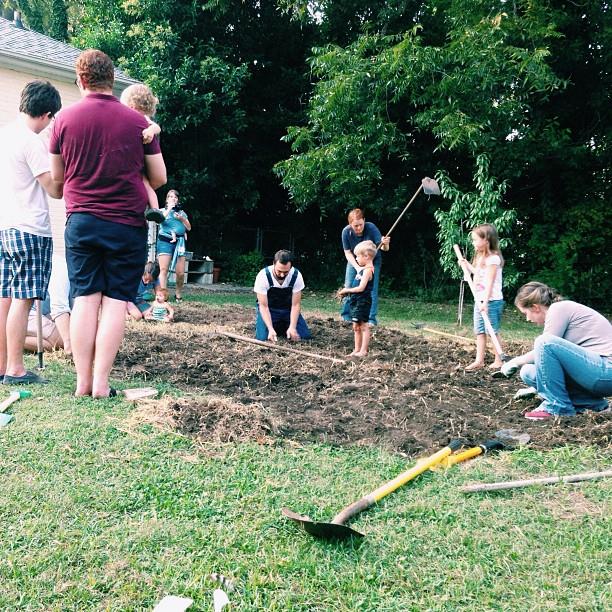Our congregation is now just a tad more than two years old. Terrible twos. Yikes. I hope not.
Let’s pretend that church planting years are like dog years. We’re a teenager. Okay. That’s a little bit better.
Ecclesial Adolescence
We’re an adolescent church. We’re entertaining our emerging grown-up-ness. We’re leaning into our inevitable adulthood. We’re making an attempt to mimic the behaviors and rhythms of an emancipated church. We’re wondering what it will be like to make a lasting contribution to society, to move beyond dreaming of what we’ll be and what we’ll do some day.
If you’re into classical pedagogy, we’ve mastered the grammar of our subjects. We’ve come a long way in discovering the logic of how our concepts and vocabulary, our rhythms and practices, fit together. And we’re learning to stand up on our own two feet, and, with the feigned confidence of a teenager in the rhetoric stage, to articulate ourselves with some degree of coherence, elegance, rigor, and poise.
We’ve had our ups and downs. We’ve had our trials and errors. We’ve had a little bit of juvenile delinquency and have worked through a fair amount of teenage angst. We’ve managed not to get kicked out of the house, and to heed enough of the wisdom of our fathers and mothers so as to not find ourselves destitute, penniless, and orphaned.
Viable vs. Sustainable
If you like, we’ve become viable. We’ve, in a sense, proven our viability. I’ve switched to an entrepreneurial metaphor now. Technically, all we’ve done is achieved ‘proof of concept’. The model is not doomed to fail. It looked good on paper, at least to some. Now it looks okay in practice. There are enough signs of life and vitality to keep cultivating and pruning this plant; to keep spending time and energy seeking the lasting fruit we at first set out to see.
We are not yet sustainable. We aren’t yet ready to fend for ourselves in the ‘real world’, to leave home and start paying our own way and governing ourselves. We believe that it’s possible, and we’re learning more of what that will take. But we can’t quite pull our own weight yet.
Ecclesial Entrepreneurship
Entrepreneurship is, from the start, the search for a viable business model. You start. Then you tweak and tweak and tweak some more until you have discerned that you have a strong potential to become profitable and self-sustaining. Church planting is, from the start, the search for a viable discipleship-in-ecclesial-community model. You start. Then you tweak and tweak and tweak some more until you have discerned that you have a strong potential to be fruitful—perhaps even, after some time, thirty, sixty, one hundred fold.
Sure, there are direct parallels between worlds. Church plants aim for fiscal self-sustainability just like business start-ups.
But most fundamentally, the move from viability to sustainability is the move from demonstrating that fruitfulness and spiritual reproduction are likely under the essential discipleship-in-ecclesial-community model, to actually experiencing that fruitfulness and spiritual reproduction.
From Pimples to Produce
It’s the transition from the growth spurt of adolescence to the countenance of adulthood. From the awkwardness of puberty to the reproduction of spiritual offspring. From all-nighters cramming for finals to the emergence of a lasting contribution to the host community in which the young adult church participates. Lasting fruitfulness is the sustained profitability that an ecclesial start-up ultimately aims for.
Is your church or church plant viable? Is it moving in on viability? Is it searching for a viable discipleship-in-ecclesial-community model that shows promise of sustainable fruitfulness?
If not, there’s no sense striving for “sustainability”. There’s nothing worth sustaining.
Subscribe to get these posts via email.
